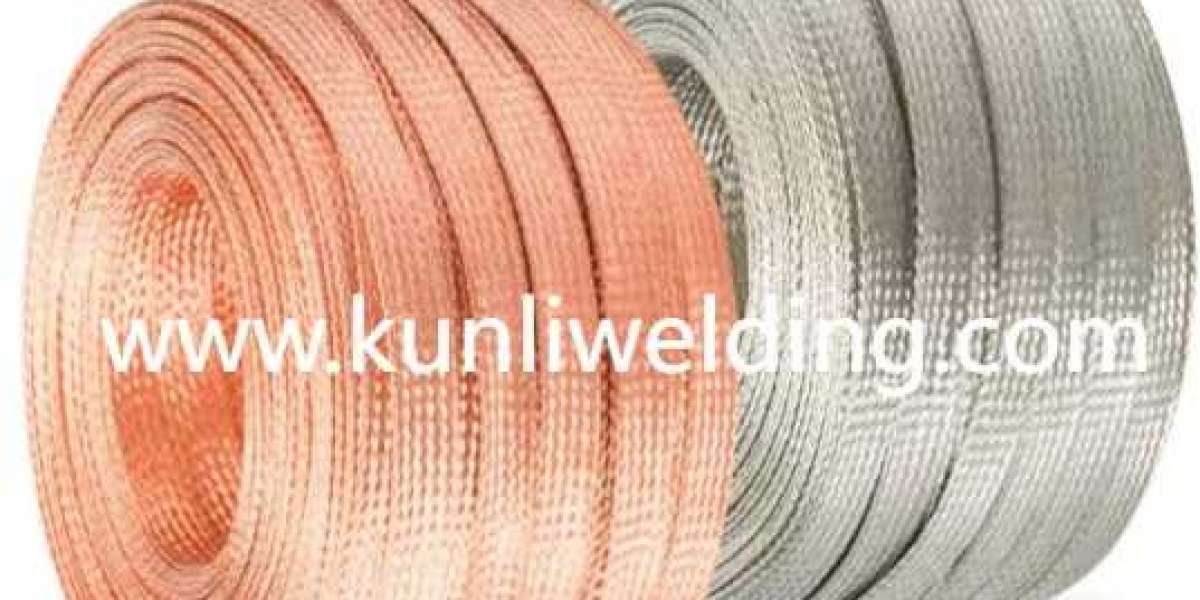When shops face pressure to deliver faster and with consistent quality, small details in material care often determine whether a job finishes on time. For teams working with Aluminum Welding Wire ER4943 , treating the spool as a precision component rather than a bulk commodity pays dividends. Proper receiving inspection, controlled storage, and careful spool handling together protect surface finish and mechanical properties so welders encounter stable arc behaviour and fewer surprises at the torch.
Start at the point of receipt. Every delivery should be visually inspected before it enters inventory. Look for intact outer packaging and clear spool labels that identify alloy and lot information. Any signs of compromised seals discoloration or physical damage warrant quarantine and a quick check with your supplier. Early detection prevents contaminated spools from being issued to production and triggering downstream defects.
Storage environment matters. A dry, temperature stable room away from corrosive chemicals and airborne fumes is ideal. Spools kept in their original sealed bags or dispensers remain protected from humidity and dust. When spools must be stored longer, placing desiccant packs inside outer packaging and using sealed cabinets reduces oxidation risk. Organize shelves to allow easy rotation so older spools are consumed first, keeping material freshness consistent across jobs.
Handling practices on the shop floor affect weld results as much as storage. Avoid touching wire with bare hands; oils and salts transfer from skin and can create arc instability or porosity. Use clean gloves when threading wire into feeders and ensure cutters and feed paths are free of contaminants. When unspooling, maintain gentle tension and avoid abrupt bends that can kink or deform strands. A dedicated spool stand with a simple braking mechanism keeps wire feeding smoothly and prevents backlash.
Feeder and torch preparation also play a part. Clean liners, rollers, and contact tips regularly to prevent buildup that strains feed motors and distorts wire geometry. Proper spool mounting orientation and a straight lead into the liner reduce friction and feeding hiccups. In automated cells, verify spool clamps and drive settings after every reel change to avoid sudden speed shifts that create burnback or birdnesting.
Protective packaging extends beyond factory doors. For field work or service calls, carry spare spools in sealed containers. Portable dispensers that shield the wire from dust and moisture make on site welding less risky. If a spool is opened and not fully used, reseal it in a moisture barrier bag with a fresh desiccant before returning it to inventory. Mark the bag with opening date and remaining length to maintain traceability.
Inspection before welding is a final safeguard. Run a short outfeed and examine the wire for smoothness and uniform sheen. Look for any spots of oxidation rough patches or flattened strands. A quick trial weld on scrap allows welders to check arc stability and bead appearance before committing to production work. When an anomaly appears, isolate the spool and escalate to purchasing for possible replacement or testing.
Record keeping supports continuous improvement. Track lot numbers, opening dates, and any issues encountered during welding. Over time this data reveals patterns—perhaps certain storage zones are more humid or a particular supplier batch shows surface variance. Use those insights to adjust storage protocols, supplier selection, or receiving checks to reduce repeat problems.
Safety and cleanliness tie into handling as well. Store spools away from solvents, acids, or salt laden atmospheres that accelerate corrosion. Ensure shelving is secure and that heavy reels are lifted with appropriate tools to avoid injury and spool damage. Proper housekeeping in the storage area prevents accidental contamination from spilled materials or airborne particulates.
Sustainability and supply chain resilience also enter the picture. With shifting logistics and material sourcing pressures, minimizing scrap through good storage reduces waste and lowers procurement stress. Choosing suppliers who provide sealed dispensers and clear traceability information simplifies both compliance and responsive stocking when timelines tighten.
Finally, keep open lines with your material partner. Share your storage methods, ask about recommended humidity ranges and request guidance on resealing techniques or recommended packaging upgrades. Suppliers that provide documentation and support on material handling make it easier for shops to maintain consistent weld quality across varied projects and environments.
For product details, handling recommendations, and sourcing inquiries visit www.kunliwelding.com where technical documents and contact options help you plan storage systems and ordering strategies. The site includes guidance on packaging options and on how to request sample spools for qualification, along with channels to reach application support for welding parameter advice.








